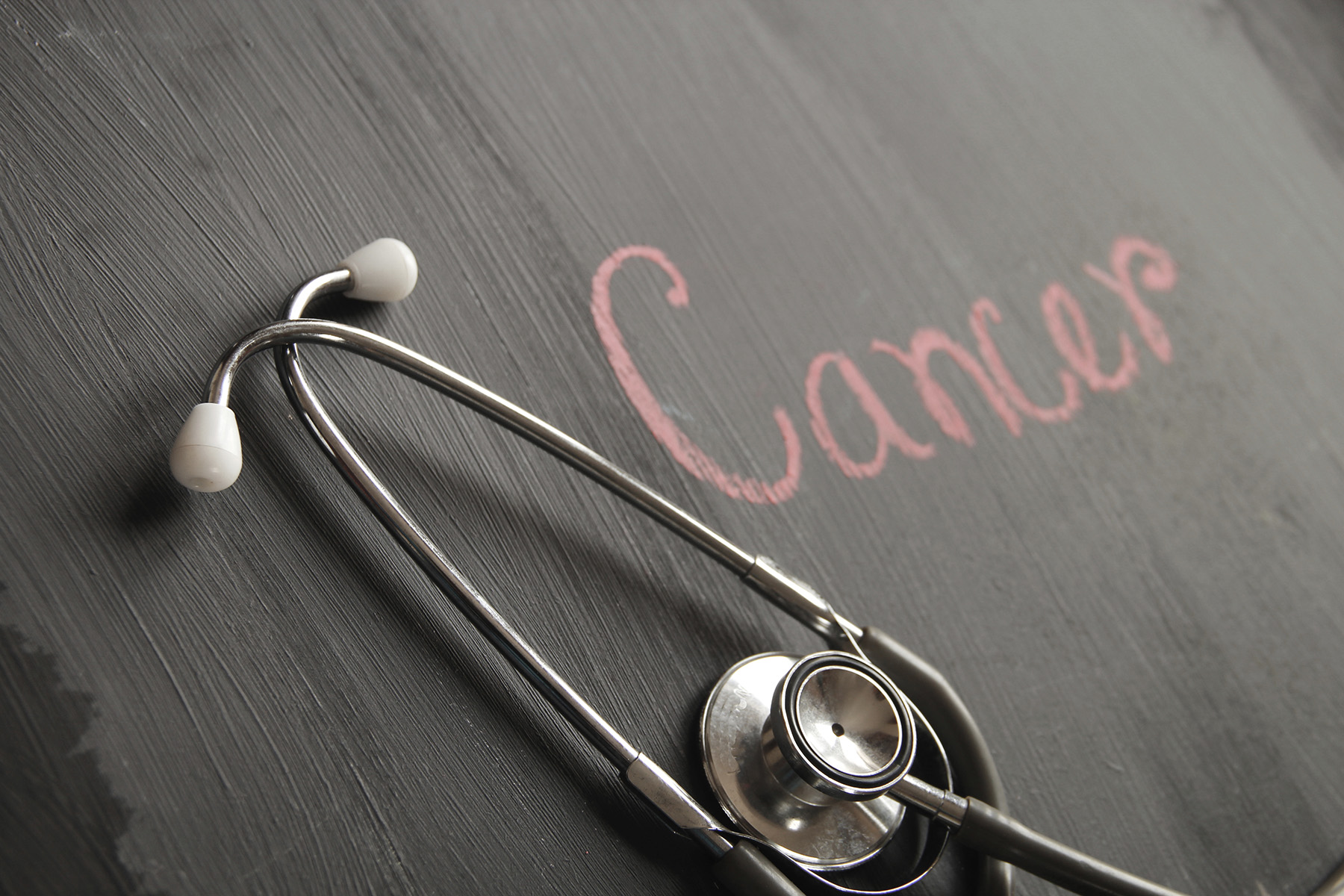Many adults in the United States are not getting the recommended screening tests for colorectal, breast, and cervical cancers, according to data published in the Centers for Disease Control and Prevention’s (CDC) Morbidity and Mortality Weekly Report. For 2013, screening for these types of cancers either fell behind previous rates or showed no improvement.
Among adults in the age groups recommended for screening, about 1 in 5 women reported not being up-to-date with cervical cancer screening, about 1 in 4 women reported not being up-to-date with breast cancer screening, and about 2 in 5 adults reported not being up-to-date with colorectal cancer screening.
The report found that colorectal cancer testing was essentially unchanged in 2013 compared with 2010. Pap test use among women aged 21 to 65 years was lower than in 2000, and the number of mammography screenings was stagnant, showing very little change from previous years.
“It is concerning to see a stall in colorectal cancer screening rates,” says Lisa C. Richardson, MD, MPH, director of CDC’s Division of Cancer Prevention and Control. “We must find new ways to make people and providers aware that getting tested for colorectal cancer could prevent cancer and save their lives.”
Researchers reviewed data from the National Health Interview Survey 2013, which is used to monitor progress toward Healthy People 2020 goals for cancer screening based on the most recent U.S. Preventive Services Task Force guidelines.
The screening data for 2013 show that 58.2% of adults aged 50 to 75 years reported being screened for colorectal cancer; 72.6% of women aged 50 to 74 had a mammogram; and 80.7% of women aged 21 to 65 had a Pap test. All of these percentages are below the Healthy People 2020 targets.
The report found that adults without insurance or a usual source of health care generally had the lowest screening test use. For example, less than one quarter of adults in these groups reported recent colorectal cancer screening, compared with more than 60% of adults with private insurance or a usual source of health care. More efforts are needed to achieve cancer screening goals and reduce screening disparities.
The authors did report some good news: the proportion of women in the highest education and income groups who were screened for breast cancer exceeded the Healthy People 2020 target, and the proportion of people aged 65 to 75 who were screened for colorectal cancer was also near the target.
Through the Affordable Care Act, more Americans will qualify to get health care coverage that fits their needs and budget, including important preventive services such as screening for some cancers that may be covered with no additional costs. Visit Healthcare.gov to learn more.
- Mentoring the Next Generation of Black Nurse Researchers - June 16, 2022
- The Importance of Diversity, Equity, and Inclusion in Nursing - May 19, 2022
- Take the 2021 Minority Nurse Salary Survey - April 15, 2021



